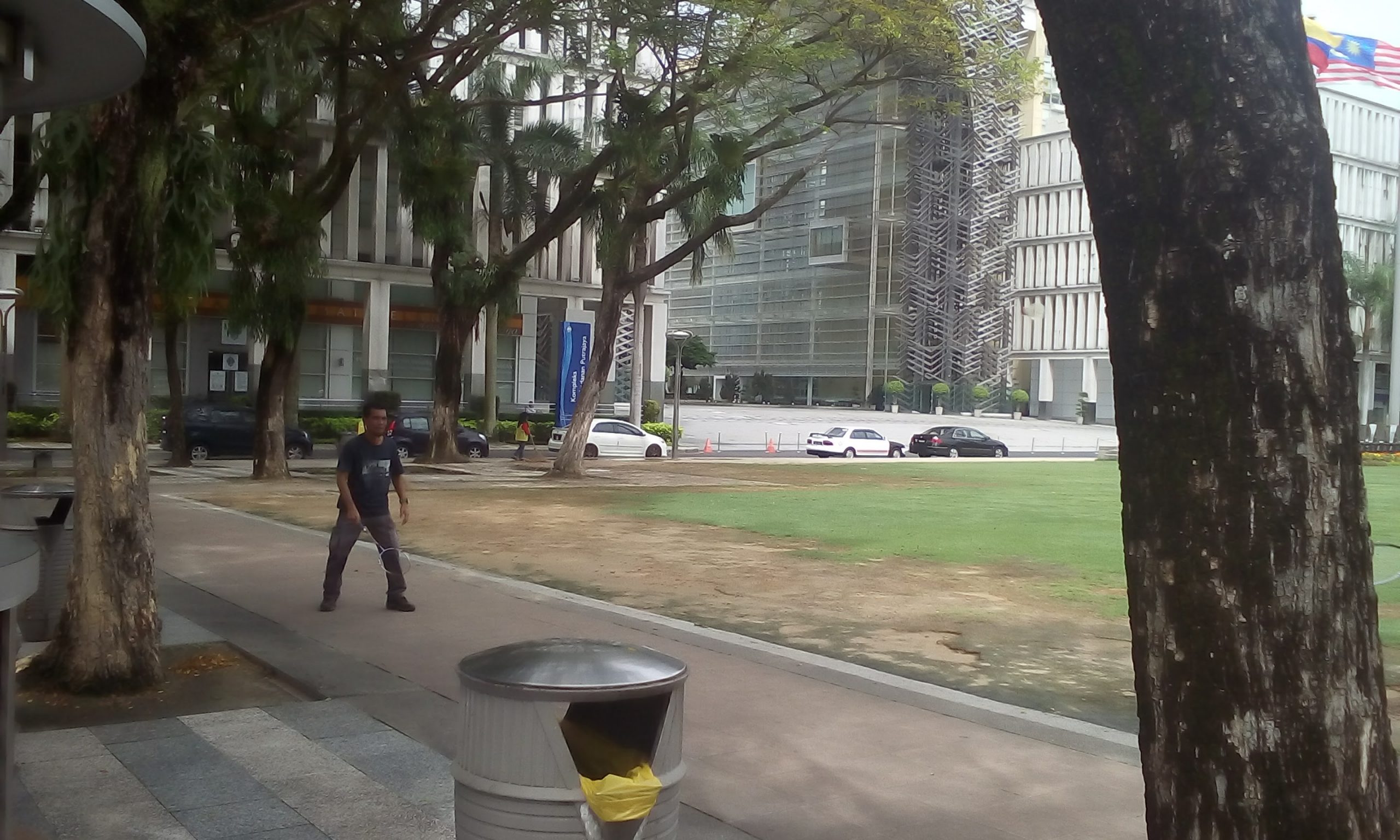By Kautsar Shaiful Anuar and Jamilah Othman
Perhaps, the importance of urban green space has never been imagined as being essential before the alarming COVID-19 pandemic strikes our country. Adopting the new normal lifestyle of physical distancing is therefore no longer a choice.
Spending quality time in green space would be another new norm that helps ease one’s emotional pains with unstable feelings. The latter norm concerning green resources would support overcoming the pandemic through natural healing.
Another scenario, access to green space can lead to a sustainable urban lifestyle. For instance, this explains a sustainable city that responses to climate change. To consider adopting natural healing may support the living capacity and equity of an urbanised community. This entails the objective urban landscape planning having engaged with the new norm of green refuge.
Similarly, the United Nations Educational, Scientific and Cultural Organisation (UNESCO) highlights the importance of protecting sound ecology for future generations – urban green spaces such as parks, sports fields, woodlands, lakeside promenade and gardens provide recreational, outdoor lab, visual quality, nature-based tourism and many more.
Such spaces can minimise stress and enhance a better mind and body. Cleaner air quality, less pollution, lower temperature and richer biodiversity are all connected to urban green corridors. Notably, access to a small piece of nature may contribute more significant health impacts; for example, lower the rates of heart disease, stroke, obesity, stress and depression.
Why are green spaces of an urban environment insufficient? Due to land scarcity, green space receives less priority in the urban planning strategy. Although more attention is given to housing and commercial land uses, quality living of urban dwellers can be complemented by using landscape solutions like green space.
The urban planning of the 21st century may consider regulating the green-based agenda that complies with the Sustainable Development Goals (SDGs). This Rio’s declaration, as prescribed in 2015, can be achievable by regenerating sound ecology in an urbanised setting.
Many people are fond of acquiring a property that includes a tiny garden or courtyard. The interest describes an ambience of a city with rich biodiversity viewed in water body and vegetation.
Green spaces can influence the market value of urban properties. A similar scenario is evidenced in the Federal Territory of Putrajaya. Twenty years ago, to buy a property there is more affordable or less expensive. Natural environment with green attributes has convincingly enhanced public health and the visual quality of Putrajayas landscape.
Thus, enforcement of green space can be considered to alleviate urban quality living and environment during post-COVID-19, although the end period of the pandemic is beyond ones prediction.
It is observed that the local authority may consider using a landscape solution to develop best urban planning practices. The task to balance the growth of population and environmental degradation is continuously challenging.
The implementation of SDGs concerning ecological issues is a necessity agenda amongst local authorities, community and lawmakers.
Since 2015 Malaysia has become an active SDGs player to support UNESCOs inspiration. At the national level, rigorous research is established at multi-levels in institutions for scientific, educational, environmental, ecological, political and cultural discoveries.
Notably, the duty to maintain the Earth and every living organism lies in the Muslim majority country like Malaysia. Parallel to that, the role of an environmental keeper is significant, where Islam emphasises the conservation and preservation of the environment under the five objectives of Maqasid al-Shariah.
Sadly, the global ecological quality has deteriorated at a rapid speed. Both Islamic law and technical measures have the potential to reduce the rate of environmental degradation. The Maqasid al-Shariah has two fundamental concepts: Tahsil refers to the provision of benefits, while ibqa refers to the prevention of damage and injury.
In this sense, the aim of Islamic law is to protect the environment, thereby benefiting humanity by repelling further damage.***
